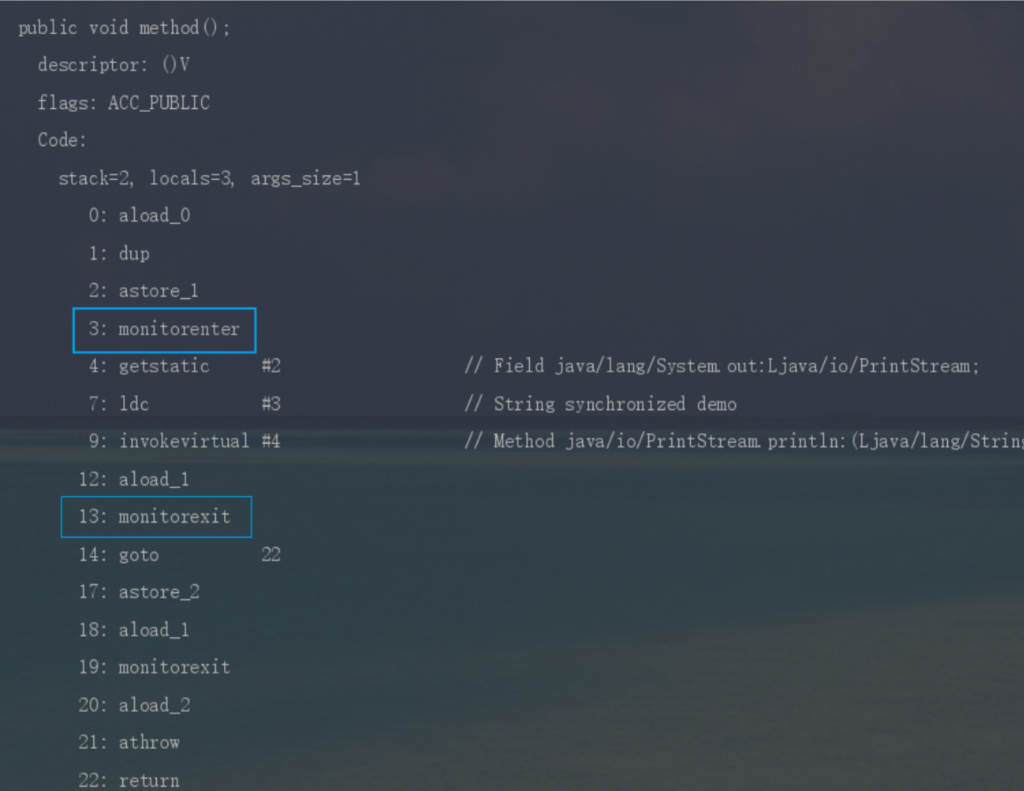简单的说一下rmi的原理
接口,必须要有实现接口
package rmi;
import java.rmi.Remote;
import java.rmi.RemoteException;
public interface IHello extends Remote {
public String sayHello(String name) throws RemoteException;
}首先是服务端,服务端的流程就是,
- 服务端创建远程对象:服务端定义一个远程接口和实现类,实现类继承自
UnicastRemoteObject并实现远程接口的方法。 - 服务端注册远程对象:服务端使用
LocateRegistry.createRegistry()启动 RMI 注册表,然后使用Naming.rebind()将远程对象绑定到注册表中
package rmi;
import java.rmi.Naming;
import java.rmi.RemoteException;
import java.rmi.registry.LocateRegistry;
import java.rmi.server.UnicastRemoteObject;
public class RMIServer {
public class RMIHello extends UnicastRemoteObject implements IHello{
protected RMIHello() throws RemoteException{
super();
}
@Override
public String sayHello(String name) throws RemoteException{
System.out.println("Hello,World");
return name;
}
}
private void register() throws Exception{
RMIHello rmiHello = new RMIHello();
LocateRegistry.createRegistry(1099);
Naming.bind("rmi://0.0.0.0:1099/hello",rmiHello);
System.out.println("Registry运行中......");
}
public static void main(String[] args) throws Exception{
new RMIServer().register();
}
}
客户端的流程就是
- 客户端查找远程对象:客户端使用
Naming.lookup()查找远程对象,并通过它来调用远程方法。 - 处理远程异常:在远程方法调用中可能会抛出
RemoteException,所以无论是在服务端还是客户端都需要处理这些异常。package rmi; import java.rmi.registry.LocateRegistry; import java.rmi.registry.Registry; public class RMIClient { public static void main(String[] args) throws Exception{ Registry registry = LocateRegistry.getRegistry("127.0.0.1", 1099); IHello iHello = (IHello) registry.lookup("hello"); System.out.println(iHello.sayHello("Feng")); } }整体原理就是:服务端通过启动注册表,绑定远程对象,然后在使客户端查找这个对象,来调用远程方法











没有回复内容